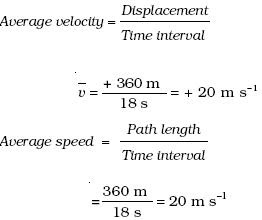When a force does some work on a body, the kinetic energy of the body increases by the same amount. Conversely, when an opposing force is applied on a body, its kinetic energy decreases. The decrease in its kinetic energy is equal to the work done by the body against the retarding force. Thus, work and kinetic energy are equivalent quantities.
Potential Energy -
In among the work energy theorem let us study another type of energy, called the potential energy. Potential energy is the energy that can be associated with the configuration (or arrangement) of a system of objects that exert forces on one another. If the configuration of the system changes, then the potential energy of the system can also change.
One type of potential energy is the gravitational potential energy that is associated with the state of separation between objects, which attract one another via the gravitational force. For example, when Andrey Chemerkin lifted the record breaking weights above his head in the 1996 Olympics, he increased the distance between the weights and earth. The work he did, changed the gravitational potential energy of the weights and earth system because it changed the configuration of the system.
Another type of potential energy is elastic potential energy, which is associated with the state of compression or expansion of an elastic object, say a spring. If we compress or extend a spring, we do work to change the relative locations of the coils within the spring. The result of the work done by our force, is an increase in the elastic potential energy of the spring.Consider the example of two charged particles, A and B. A is positive and B is negative and because of mutual attraction, the particles are accelerated towards each other and the kinetic energy of the system increases. Although, no external force is applied on the system, the kinetic energy changes








